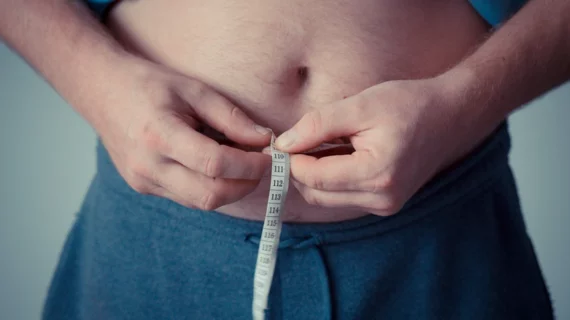Body composition gathered from low-dose CT imaging can serve as a “significant predictor” of poor outcomes for COVID-19 patients, including use of the intensive care unit.
That’s according to a new study out of the University Hospital of Cologne, Germany, highlighted Wednesday in the European Journal of Radiology. Scientists have deemed both body composition and obesity as risk factors for severe coronavirus cases. And with many imaging departments already using computed tomography to assess patients with the virus, providers can also add such body assessments as opportunistic and low-cost means of triage.
“While clinical capacities, such as ICU beds and ventilators, are more crucial than ever to help manage the current global corona pandemic, this work introduces an approach that can be used for a cost-effective way to help determine the amount of these rare clinical resources required in the near future,” Jonathan Kottlors, with the Institute of Diagnostic and Interventional Radiology at UHC, and colleagues wrote Sept. 9.
The research team tested their theory on 58 patients with confirmed COVID-19 who underwent low-dose CT at one of two health centers. They also measured the fat-to-muscle ratio—derived from the ratio of total cross-sectional circumference to muscle area on CT—and estimated body composition, rating outcomes on a scale in the 22 days after the scan.
Kottlors and co-authors determined that in initial low-dose CT imaging, a “significantly higher” FMR was found for patients requiring ICU treatment. Age was also found to be a notable predictor of such care use. Adding artificial intelligence into the mix to assess body composition could help providers to further scale this intervention, the team noted.
“Data from our pilot study is suggesting that adding FMR measurements to AI tools for automatic characterization of lung infiltrations in COVID-19 patients might provide additional value and perform a risk classification for upcoming ICU treatment,” Kottlors et. al advised.
Read more in EJR here.

